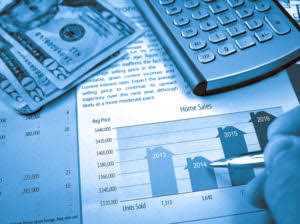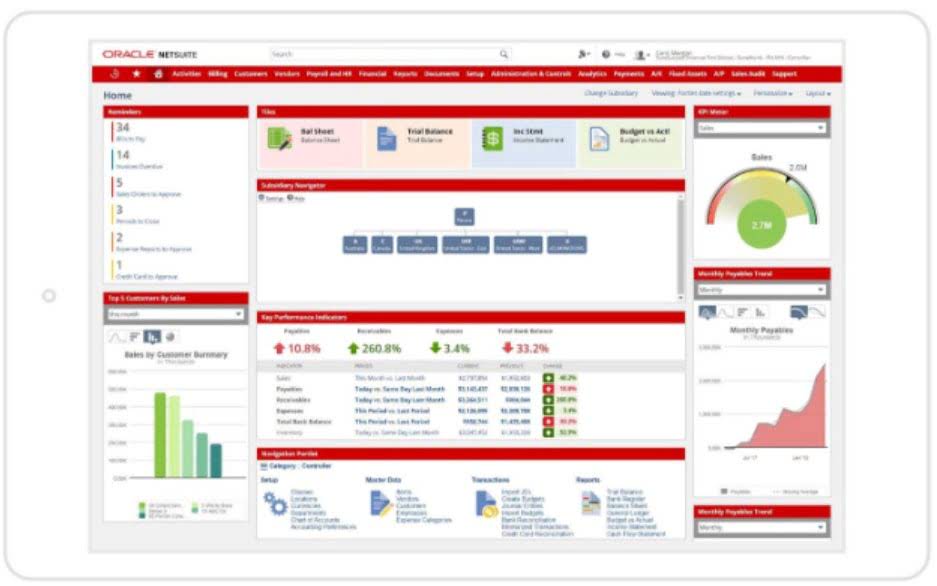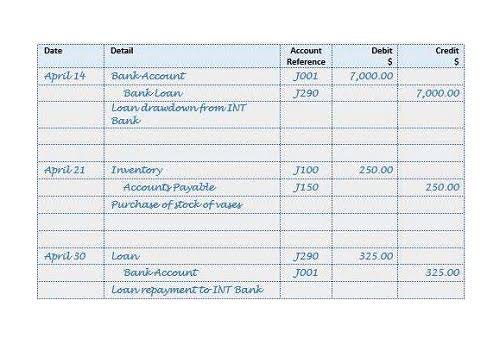
Finally, you should regularly review your prices to ensure that they align with your goals and the needs of your target market. Before deciding, each business must weigh the risks and consequences of overcosting or undercosting its products or services. There is no right or wrong answer, but businesses must know the risks of either pricing strategy. When a business under costs its products or services, it risks being unable to cover its costs and making a loss. Overcosting can lead to losing customers and sales, financial problems, and even business closure.
Period Cost Categories

Customer price elasticity is the effect of a change in the price of an offered product or service on customer demand for that product or service. To combat this, consider using standard unit pricing as a starting point for discussions with customers. Standard unit pricing can be further refined via tiers based on relevant customer sales metrics. Precision agriculture results when technology meets farming, and it’s what Nirby does best. The soil analytics startup, founded by Piotr Lazarek ENG25 W25, cuts down on CO² emissions and can lead to up to 40 percent savings on fertilizer costs. Using data obtained from its own drones combined with satellite imagery from the European Space Agency, Nirby provides useful insights for farmers.
What is the benefit of classifying costs as products or periods?
Product costs include direct material (DM), direct labor (DL), and manufacturing overhead (MOH). These Legal E-Billing costs include materials, labor, production supplies and factory overhead. The cost of the labor required to deliver a service to a customer is also considered a product cost. Product costs related to services should include things like compensation, payroll taxes and employee benefits. In the electronics industry, product cost includes the cost of components (such as chips and circuit boards), labor (such as assembly and testing), and overheads (such as research and development).
Direct Materials
Other factors, such as market demand, competition, and the company’s overall strategy, should also be considered when setting the price of a product. In most cases, the price of a product should be set based on its cost, as well as market demand, competition, and other factors that affect the market price. Product and period costs are two different types of costs that are incurred in producing and selling goods. The cost of doing business can change over time, so reviewing your prices regularly is important. This will help ensure you’re product cost still charging a fair price that covers your costs and allows you to make a profit.
- When the product is sold, these costs are transferred from inventory account to cost of goods sold account and appear as such on the income statement of the relevant period.
- With that production, you can determine which is the cheapest to produce and which is the most expensive.
- Another possibility is that they’re not very good at marketing and don’t understand how to price their offerings correctly.
- If you decide to make a new flavor of the soft drink you have been producing, then you will have to factor in the relevant costs.
To prevent losses, the sales cost must be equivalent to or greater than the product cost per unit. However, it is usually preferable to compute this cost per unit because it might aid in determining the right finished product sales price. Product costs are costs necessary to manufacture a product, while period costs are non-manufacturing costs that are expensed within an accounting period. Because U.S. importers pay tariffs on overseas goods directly to the federal government, the costs are typically passed onto American consumers, trade experts told CBS MoneyWatch. That means some products that rely on steel and aluminum, such as vehicles and appliances, are likely to become more expensive if the steel and aluminum tariffs go into effect. In other words, period costs are related to the services consumed over the period in question.
Packaging Design
Indirect or fixed costs are not easily traced back to a specific cost center, product, or project. Indirect costs can include items such as rent, utilities, insurance, and administrative salaries. A direct cost is a cost that can be directly attributed to producing a good or service. Direct costs are typically variable, meaning they vary in proportion to the number of goods or services produced. On the other hand, depreciation is an indirect cost typically assigned to all products a company produces. Depreciation represents the gradual reduction in the value of a company’s fixed assets, such as buildings, equipment, and machinery, over time due to wear and tear.


Alternatively, customer research can show that you are on the wrong path ledger account and need to pivot. Customer research may be the most important step in building and maintaining any product. Many product managers and stakeholders think they know what the customer wants. Sometimes they’re right, but when they’re wrong, the consequences could be disastrous.
Example #2 – Direct Labor Budget
These costs are capitalized as inventory and become part of the cost of goods sold when the product is sold. Product costs (also known as inventoriable costs) are those costs that are incurred to acquire, manufacture or construct a product. In manufacturing companies, theses costs usually consist of direct materials, direct labor, and manufacturing overhead cost. These costs are identified as being either direct materials, direct labor, or factory overheads, and they are traceable or assignable to products. In the food industry, product cost includes the cost of ingredients (such as flour and sugar), labor (such as baking and packaging), and overheads (such as kitchen rent and utilities).

Managing product and production costs is essential for a successful business operation. It’s crucial to develop strategies to reduce production costs while controlling product costs so prices remain competitive. With careful planning and analysis, businesses can effectively manage product and production costs to maximize profitability. On the other hand, if production costs decrease due to increased efficiency or automation, then this could lead to lower product costs. Therefore, understanding the relationship between product and production costs is essential for businesses seeking to optimize their manufacturing operations and increase profitability. With these essential points in mind, businesses can gain valuable insights into their financial performance and optimize product cost accounting.